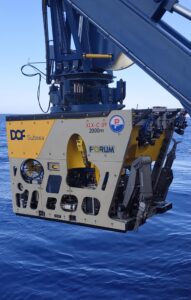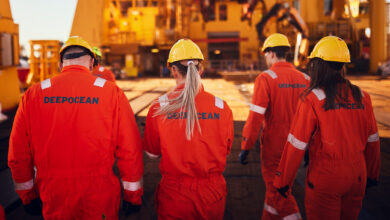FET to deliver next-generation ROVs to DOF Subsea

Forum Energy Technologies (FET) has secured an order from DOF Subsea to supply two of its 200HP Perry XLX-C work-class remotely operated vehicles (ROVs).
The advanced ROVs will add capability to the DOF Subsea fleet and can pave the way for aged asset renewals with a new and improved class of ROV.
The systems will be manufactured at FET’s UK facility at Kirkbymoorside, North Yorkshire, and will be delivered in the second half of 2021.
The compact 200HP XLX-C delivers high performance in a small form factor, which is increasingly requested in many projects globally.
FET has increased the power available on the ROV to suit the current specifications required by DOF Subsea and its prospective clients. Its auxiliary hydraulic circuit is capable of meeting the most demanding of contractual requirements, paired with a high payload capacity to carry additional tools.
Ingve Osberg, DOF Subsea Group Asset Manager, said, “DOF Subsea decided to increase the ROV fleet with another 2 XLX-C systems, based on the performance and capabilities of these WROV’s and the innovative solutions to meet our client’s demands that FET brings to the table.
“Having a fleet majority of FET Perry ROVs allows us to maximize standardization of ROV equipment and spares for flexible use in all regions. We can also readily find qualified personnel with experience of ICE control systems and are able to be provided with 24 hour support in all of the DOF ROV operational regions.”




